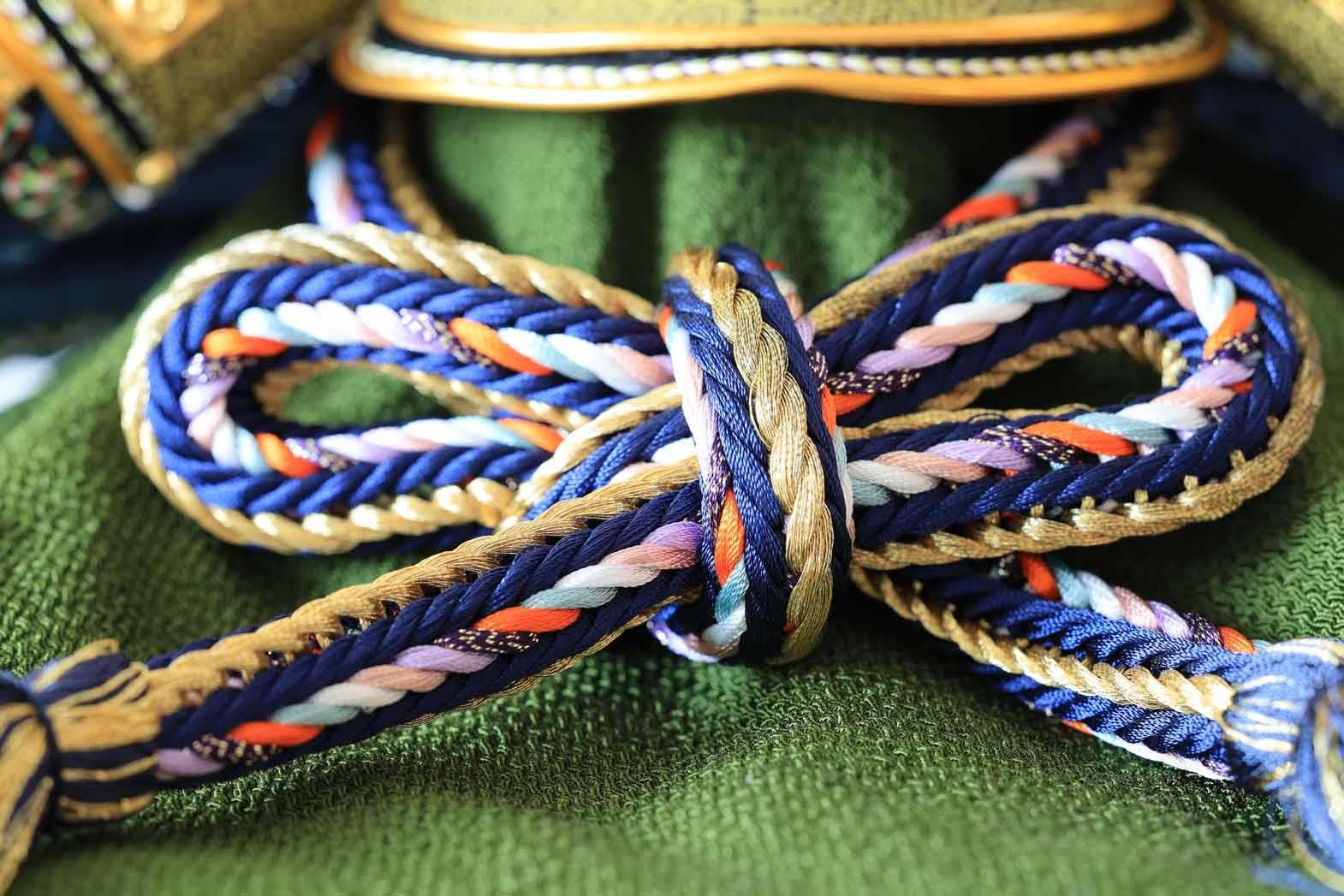Kumihimo is a Japanese word for threads assembled together. In Kumihimo, the strands are interlaced to form a braid. The braids can be simple or complex as per the requirement. The contemporary Kumihimo braids are created on Kumihimo disks, unlike the conventional Kumihimo braids that were made on tools like marudai and takadai. Today, the disk used to create braids has a firm but flexible foam plastic with notches, and it can be used as a portable marudai. In fact, some weavers prefer traditional Marudai over modern disks, as disks are adaptable and affordable but not multipurpose like Marudai. The traditional Marudai can create braids that are flat, hollow, and four-sided. However, the more complicated braids that involve beads can be easily created with the help of a foam Kumihimo disk.
The reason behind the popularity of Kumihimo is that it appears complicated and flawlessly attractive, but it is easier to create amazing Kumihimo braids in no time! The Kumihimo art of braiding is considered not only beautiful but also part of Japan's heritage. The braid has become part of the fashion world as well. There are Kumihimo hatbands, decorative knotting, embellishments, belts, scarves, soft toys, cellphone holders, bags, clothing, and whatever the weavers and designers can think of. Some jewelry stores also use silk threads to make beaded bracelets, necklaces, and other jewelry items with the application of Kumihimo.
Weavers also use other types of yarn apart from silk. Satin, cotton, nylon, Irish waxed linen, khaki, and anything that can be roughly classified as a yarn are used to create Kumihimo braids for various fashion products. Some weavers prefer yarns like wool of any color, type, or thickness. Wool yarn can include mohair, chenille, and more. Embroidery thread, ribbon, knitting yarn, garden twine, and various materials are also being increasingly used for braiding.
These braids are strong, so they can withstand heavy weight and can be made colorful with the use of funky vibrant threads. Originally, the braids were primarily used in Japanese samurai armor to bind together the several plates of armor. Braids were also used for some sections in everyday clothing, for the purpose of closures and ties. Obscure and complex designs are being created today by maneuvering the yarn for specific patterns. The weavers vary the sequence of threads' movements to form various patterns.
However, it is not only the colours and patterns that have made Kumihimo so popular. Factors like it is unbelievingly simple to learn, playing with the yarns create interesting results, which makes it all the more appealing to experiment, the cost of creating Kumihimo depends on the supplies that are used and choices of colour combinations are never ending.
Kumihimo is currently popular in countries like Canada, European Union, Germany, U.S.A. and others. The world has been exploring this art since centuries now. But, it is pertinent to note that Japanese consider that it takes practice and dedication to master the simple art of Kumihimo. The most difficult pattern considered in Kumihimo is touch stone, which involves four bobbins. The Japanese consider that an apt test of Kumihimo braiding involves braiding of three silk threads.
Japan still continues to work out new methods and styles to braid, learning complex braid structures and complex colour design, taking inspiration from Korea and China. There are several books available to ensure that even the beginners who want to try a hand on Kumihimo can learn it. It is a way to ensure that Kumihimo art survives the changing times and it has worked well so far. The Japanese connect with the rest of the textile world is the most important aspect in helping the Kumihimo art gain momentum everywhere around the world. With this, the global acceptance of Kumihimo art of braiding has made it much simpler for the designers as well as textile manufacturers to find all the basic material required to create products that have perfect Kumihimo braids.
The creative possibilities concerning Kumihimo are endless and waiting to be explored. It is indeed a great way to turn simple Kumihimo art into luxury of fashion.
References:
1. Yarnival-adventuresinfibre.blogspot.in
2. Wikipedia.com
3. Fiberartscenter.com
4. Braidandbeadstudio.com
5. Homespunhaven.com
6. Textiledreamer.wordpress.com








Comments